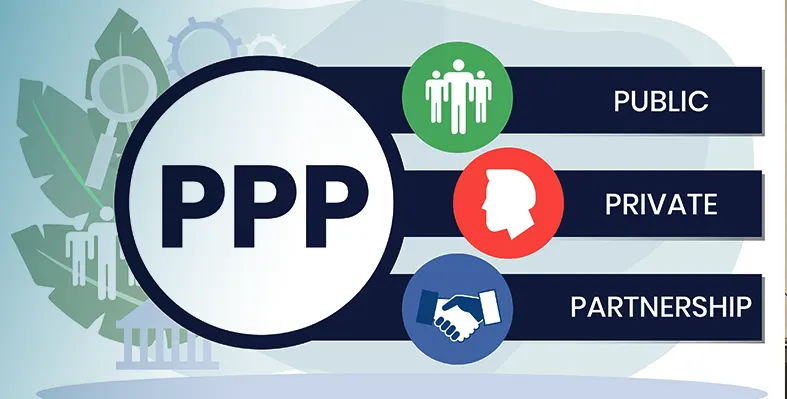
The report says that investment in pipelines would help alleviate the region’s higher rates of traffic accidents, productivity losses, pollution and supply disruption. (Image source: Adobe Stock)
A CITAC report commissioned by Puma Energy, a leading downstream energy company operating largely in sub-Saharan Africa, has identified bottlenecks and constraints in the liquid fuel supply chain that are impacting energy security and hampering economic development throughout the region
The report, titled “Fuelling Africa's Potential: Bridging the Gap in Energy Infrastructure”, finds that African fuel supply chains today are fragmented and insufficient, leading to energy security challenges as well as inefficiencies that are driving costs higher for governments and consumers. The report forecasts that liquid fuels, predominately traditional fuels for transportation and power, will remain prevalent for the immediate future, while the share of lower carbon and clean energy continues to steadily grow.
“In recent years, we have witnessed the fuel security impact resulting from insufficient infrastructure in our markets – from ports, to storage, to pipelines. This has resulted in costly stock outs and shortages that have grounded planes and disrupted businesses and transport sectors,” said Fadi Mitri, head of Africa for Puma Energy.
Rising demand for energy
Population growth combined with rapid urbanisation in sub-Saharan Africa is leading to rising demand for energy, especially transportation fuels, which CITAC forecasts will grow by 56% by 2040. These demographic trends will strain an already fragile and underdeveloped energy distribution system and require the scale-up of key infrastructure, such as ports, storage and pipelines, to improve supply chain efficiencies of fuels such as gasoline, diesel, jet and kerosene fuel to meet growing demand and ensure energy security.
“In advanced economies, pipelines are the preferred mode of transport for moving large volumes of product inland. This is for reasons of reliability, security of supply, road traffic congestion and safety. Every day the US Colonial Pipeline alone moves more transport fuel than the whole of Sub-Saharan Africa consumes,” said CITAC.
The report maps out the bottlenecks to come in key supply corridors in the next five to ten years and explores potential investing opportunities in pipeline infrastructure that present economically viable options to debottlenecking an increasingly congested system.
Collective investment
A collective investment in extending or building pipelines – mainly across Eastern and Southern African supply corridors – is estimated at US$9bn, and would help alleviate the region’s higher rates of traffic accidents, productivity losses, pollution and supply disruption. Furthermore, a total of 750kt of GHG emissions could be saved annually from 2030 onwards through the adoption of pipelines – removing as much as 95% of the trucks required to transport fuels in this part of the supply chain.
“The situation calls for increased international master-planning of infrastructure development to ensure Africa’s growing economies have security of supply critical to achieving their economic ambitions. The CITAC report highlights the potential for public-private partnerships to address the region’s energy challenges and to open up avenues for international trade and investment,” said Mitri.
“Energy sits at the core of economic growth and shortages directly impact people’s lives and economic development,” says CITAC. “The challenge going forwards will be to ensure that future members of Africa’s society are not subject to energy poverty but, rather, prosper.”
























